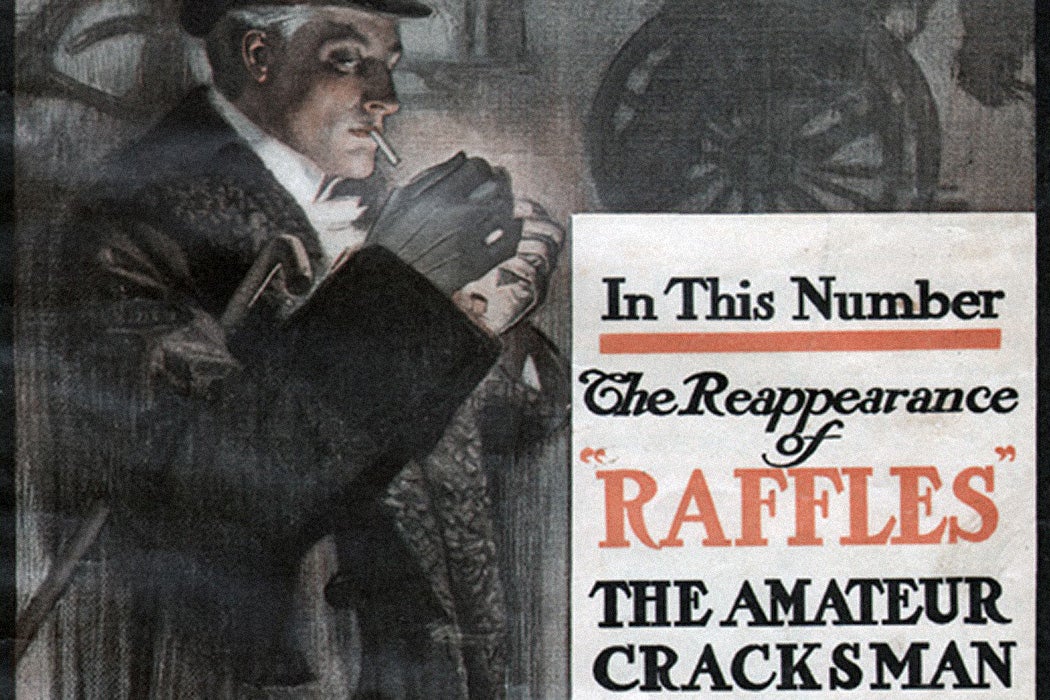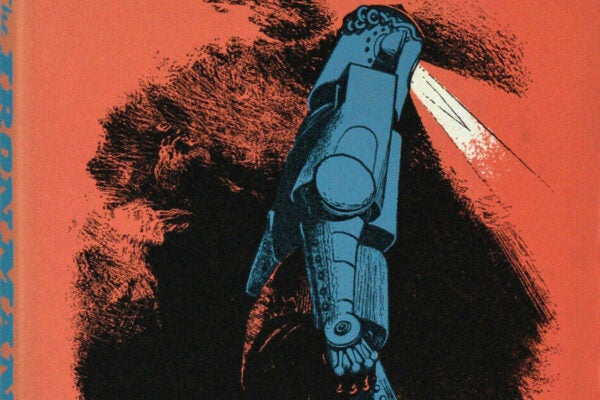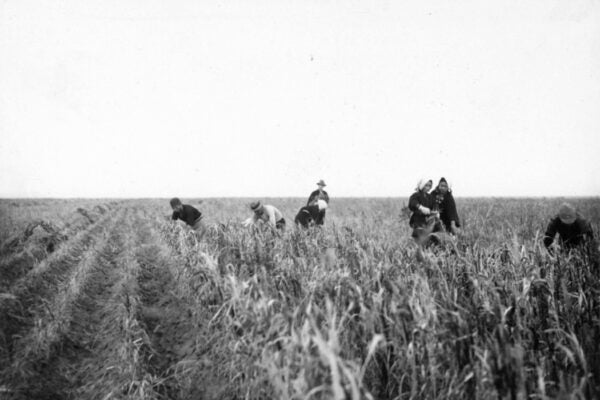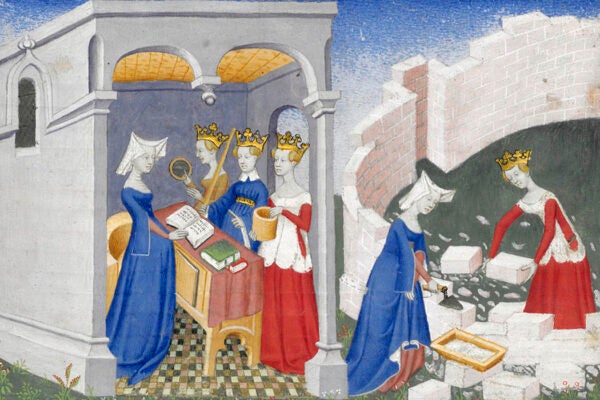We all know how Sherlock Holmes captured the hearts of people in Britain and around the world by cleverly solving crimes. Less remembered is a fictional contemporary who was equally beloved for cleverly committing crimes. As historian Eloise Moss writes, Arthur J. Raffles, the gentleman burglar invented by Sir Arthur Conan Doyle’s brother-in-law, Earnest William Hornung, broke the rules of class and propriety in a way that harmonized with changing norms.
In twenty-five stories, plus one novel, written between 1898 and 1909, Raffles spent his days as a cricketing master and gentleman of leisure and his nights gleefully stealing from his fellow London elites, accompanied by his sidekick Bunny Manders.
“The moral code of the stories fully endorsed the criminals’ escape from punishment,” Moss writes, “guiding the reader to see, through Bunny’s eyes, how committing a burglary could provide all the thrill and excitement of a legitimate sport (with material benefits).”
Some critics recoiled at presenting young readers with stories in which, as one put it, “one’s notions of right and wrong are turned topsy-turvy.” But Moss writes that they played to a widespread questioning of social hierarchies. In the 1880s and ’90s, members of the British aristocracy came under fire from both political radicals and salacious newspapers. Reporting followed the involvement of gentlemen of leisure in messy divorces, illicit gay relationships, and prostitution scandals. Hypocritical upper-class villainy also drove other fictional stories, including the Sherlock Holmes novels, in which Holmes’s opponents were most often West End elites.
An explanation for his life of crime that Raffles offers in one story is roguish with a hint of social critique.
“Why should I work when I could steal? Why settle down to some humdrum uncongenial billet, when excitement, romance, danger, and a decent living were all going begging together?” he asks. “Of course it’s very wrong, but we can’t all be moralists, and the distribution of wealth is very wrong to begin with.”
Weekly Newsletter
Raffles wasn’t the first criminal hero in British fiction, but Moss writes that he differed from earlier depictions in his suave, upper-class style and the fact that his stories did not end in his capture and execution. His remarkable intelligence and physical abilities, along with his general avoidance of violence, made him easy for audiences to admire, even if they questioned the lionization of a criminal.
Theatrical and film adaptations across Europe and the United States brought Raffles to new audiences and gave him a love interest: a glamorous, aristocratic woman named Gwendoline Conrad, who becomes the burglar’s accomplice, helping him evade capture. While some movie versions of Raffles toned down his criminality—having him donate ill-gotten profits to charities, for example—these tended to be the least successful depictions of a character designed to be delightfully antisocial.







